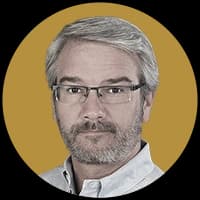In a World First, Gene Therapy Restores Child’s Hearing
The procedure introduces the virus in a way that allows the body to naturally eliminate it after its crucial task of genetic repair is completed.

In a remarkable medical breakthrough, doctors have restored the hearing of 18-month-old Opal Sandy, who was born deaf.
The development was made possible through an innovative gene therapy performed at Addenbrooke’s Hospital, Cambridge, Britain, making Opal the first person ever to benefit from the advanced treatment, Interesting Engineering reports.
Opal’s story began with her participation in the CHORD trial, initiated last May, aiming to explore the effectiveness of a gene therapy known as DB-OTO for individuals with mutations in the OTOF gene. The treatment involves a one-time infusion of a harmless virus, AAV1, which is designed to deliver corrective genetic material directly into the cochlea — the part of the inner ear involved in hearing.
The procedure, conducted under general anesthesia, introduces the virus in a way that allows the body to naturally eliminate it after its crucial task of genetic repair is completed.
Opal underwent the therapy in her left ear, while her right ear received a cochlear implant — a common device used to assist those with severe hearing loss. The trial, which included two other children besid Opal, was structured in three phases to meticulously assess the safety and efficacy of varying doses of the therapy, with treatment limited to one ear.
Remarkably, just four weeks post-treatment, Opal began responding to auditory stimuli, showing significant improvement even when the cochlear implant was deactivated. The progress was further evidenced after six months, with Opal reacting to soft sounds such as whispers, an outcome that underscores the potential of gene therapy in treating deafness.
The CHORD trial’s cautious approach, starting with a small dose in one ear before potentially advancing to higher doses or treating both ears, is designed to prioritize patient safety while evaluating the therapy’s effectiveness. With these patients under observation for a five-year period, the medical community is optimistic about gathering comprehensive data on the long-term impacts and benefits of gene therapy for hearing loss.

